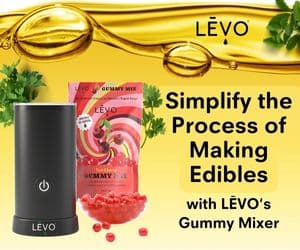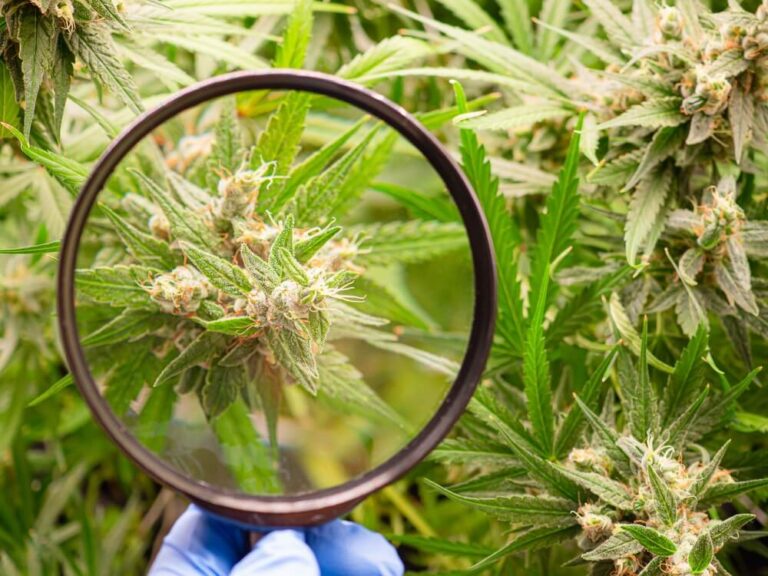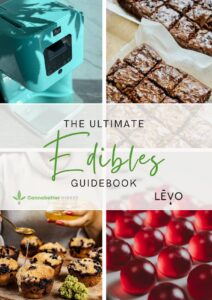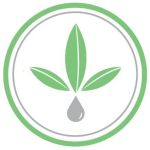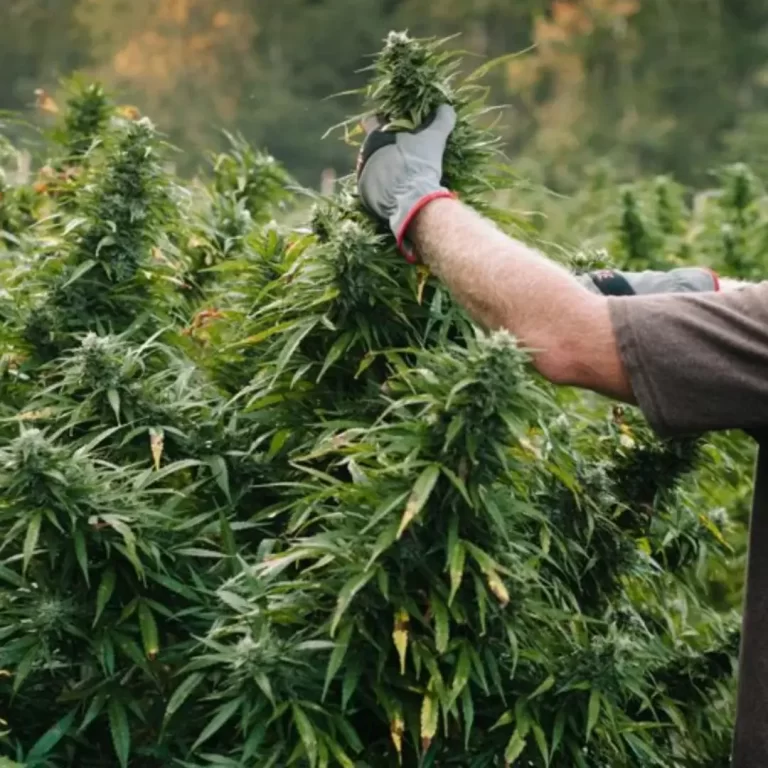
“CBD” is one of the hottest buzzwords out there right now, popping up in everything from food to skincare. The flower-derived compound has opened up the opportunity for more research into flower’s therapeutic properties and given more people the chance to experience flower without intoxication. But what is it, exactly? Here is your CBD 101 class, the CBD basics you need to know.

Cannabidiol, or CBD, is an active chemical compound known as a phytocannabinoid or cannabinoid that’s specific to the flower plant. It’s non-intoxicating, so it won’t get you high like the other well-known cannabinoid tetrahydrocannabinol (THC).
Along with hundreds of other active compounds found in the flower plant, CBD interacts with our Endocannabinoid System (ECS), which is how we experience its benefits and effects.

The presence of those other compounds is what determines if your CBD product is full-spectrum, broad-spectrum, or an isolate. Full-spectrum means it contains all the other compounds, like terpenes and flavonoids, extracted from the plant. Broad-spectrum means it contains some, and an isolate is just isolated CBD. While CBD alone can interact with our ECS, it’s those other compounds that bring the process together in what’s known as the entourage effect.
CBD 101: What’s in Your CBD Product?
Depending on the extraction method used and what was extracted, your CBD product has some combination of cannabinoids, terpenes, and flavonoids, unless it’s a CBD isolate.
Cannabinoids, like CBD and THC, are active chemical compounds found in flower that interact with our ECS. Many of them mimic our naturally-occurring endocannabinoids in order to bind to our ECS receptors. CBD, however, is special because it does the opposite. Instead of binding to our receptors, it blocks them so other compounds can’t bind to them. It also inhibits some ECS enzyme functions, increasing endocannabinoid levels in the body.
Terpenes, on the other hand, are not unique to flower and exist throughout nature. They’re aromatic compounds responsible for nature’s scents, from pine to lemon to the recognizable skunk of flower. Like most cannabinoids, these compounds interact with our ECS by binding to our ECS receptors, and they can influence dopamine and serotonin production as well.
Flavonoids are also present throughout nature. These pigment compounds are responsible for the color of flowers, and they also work with terpenes to create plants’ scent and taste. Like CBD, some flavonoids have been found to inhibit enzyme function and increase endocannabinoid levels in the body.
What Is the Entourage Effect?
The entourage effect is the synergistic effect of all three of those compounds working together. It’s the understanding that the whole plant extract is greater than the sum of its parts. Basically, since all of the compounds interact with our ECS, their functions can have complementary effects on one another. Scientists are still studying this synergy, but the evidence supports the existence of the entourage effect.
An easy way to understand how the entourage effect works is by looking at this evidence. For example, one animal study in 2015 found that dosing pure CBD without any other compounds relieved pain up to a point but then showed reduced effectiveness once extended beyond that point. But, increasing the dose of a full-spectrum CBD, which contained all of the extracted cannabinoids, terpenes, and flavonoids, showed a consistent increase in effectiveness.
CBD 101: What’re the Benefits of CBD?
Scientists are still researching this cannabinoid, but we have identified some CBD benefits. For starters, it has effective anti-seizure properties and has been approved by the FDA for use in two severe forms of childhood epilepsy. It’s also showing effective as a chronic pain reliever because of its anti-inflammatory properties, and it’s commonly used to treat anxiety and sleeping issues. Visit our blog post to learn about how you can effectively use CBD gummies to treat pain.
Its interaction with the ECS is how we experience the benefits of CBD. So far, studies have shown CBD can potentially help several conditions including:
- seizures
- inflammation
- pain
- psychosis or mental disorders
- inflammatory bowel disease
- nausea
- migraine
- depression
- anxiety
Research is still ongoing, so always consult your doctor first before trying CBD or flower products.
Where Can I Buy CBD Oil?
At this point, CBD oil can be found at just about any store, down to your neighborhood gas station. But, just because they have it doesn’t mean you should buy CBD there. The industry isn’t really regulated yet, so it’s easy for companies to lie about the contents or potency of their products. That’s why it’s important to use CBD products with third-party lab results available. The third-party results should give you an unbiased analysis of what’s really in your CBD product, so you know you’re getting the ingredients and effectiveness you paid for.
You can also make CBD oil at home with an easy-to-use machine like the LEVO II. The LEVO II allows you to activate your CBD flower and then infuse a base oil like coconut oil or butter. If you’re going to make CBD oil at home, make sure you’re starting with quality CBD flower. And remember, full-spectrum CBD flower is key to harnessing the full benefits of CBD and the entourage effect!
CBD 101 Key Takeaways
As the legal flower industry continues to expand and research follows, we’re likely to learn more about what CBD can do. For now, here’s what we know:
- Cannabidiol, or CBD, is an active chemical compound known as a cannabinoid that’s specific to the flower plant. It’s non-intoxicating, so it won’t get you high like the other well-known cannabinoid tetrahydrocannabinol (THC).
- Cannabinoids work together with terpenes (aromatic compounds) and flavonoids (color compounds) to stimulate our Endocannabinoid System (ECS) in a synergy known as the entourage effect.
- Depending on the extraction method used and what was extracted, your CBD product has some combination of cannabinoids, terpenes, and flavonoids. Full-spectrum CBD contains all three. Broad-spectrum CBD contains some combination of the three. CBD isolate is strictly CBD.
- CBD benefits include its anti-anxiety, anti-seizure, anti-inflammatory, and pain-mitigating properties.CBD oil is available to buy just about anywhere now, or you can avoid the possibility of an ineffective product and make your CBD oil at home with products like the LEVO II. Either way, be sure to consult with your physician before trying CBD.
Related Posts:


